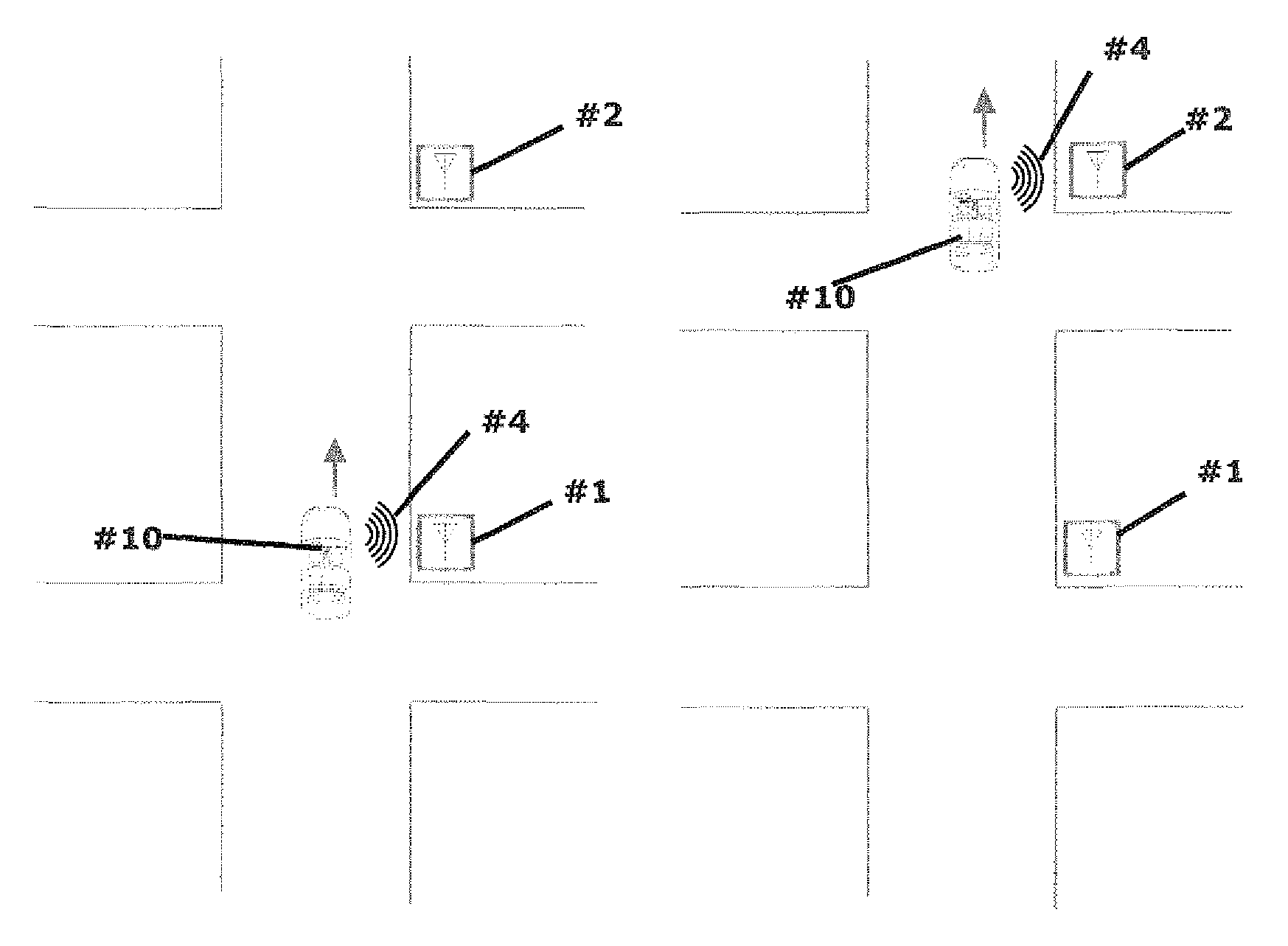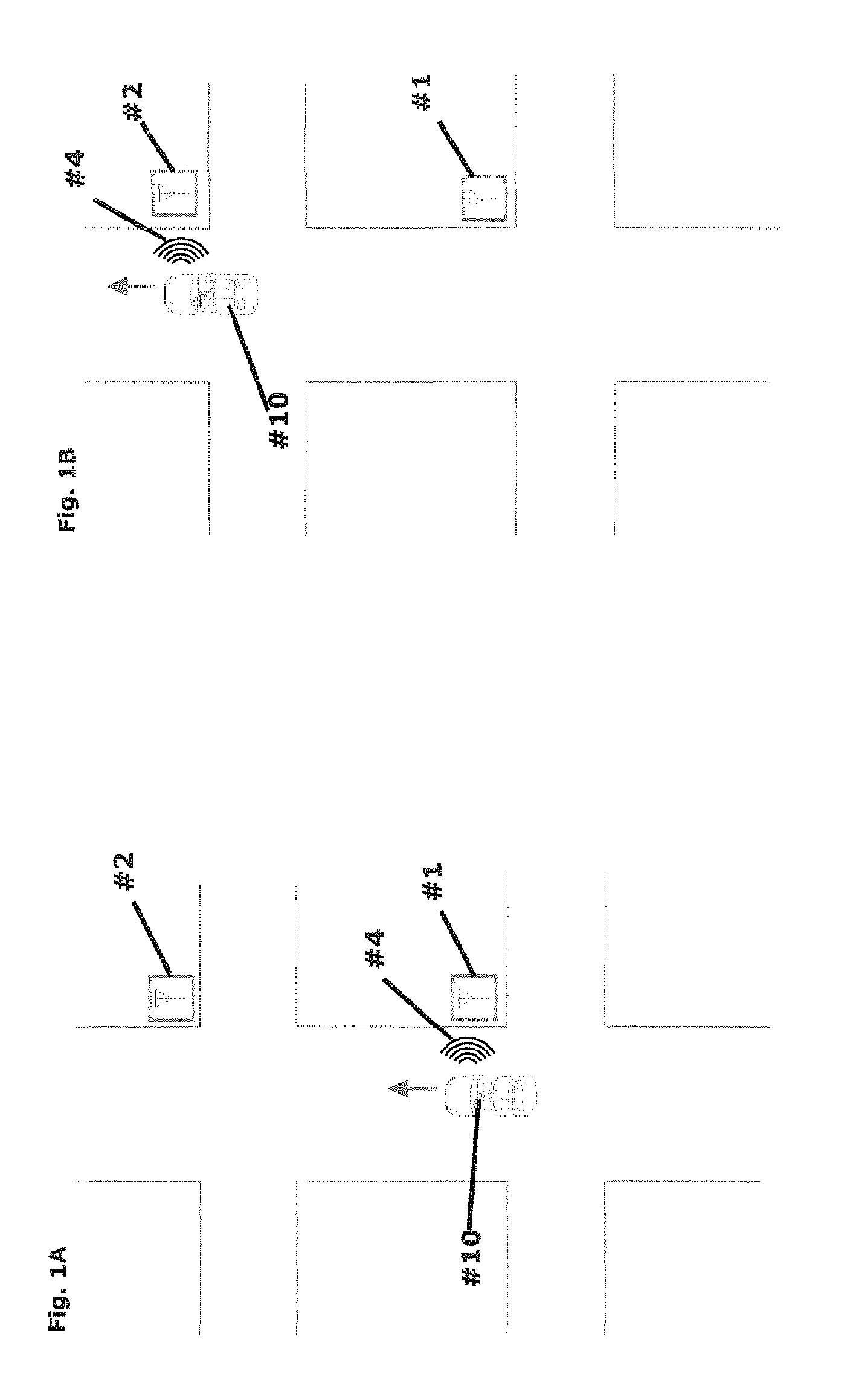System for obtaining vehicular traffic flow data from a tire pressure monitoring system
a technology of traffic flow and monitoring system, which is applied in the field of monitoring surface roadway vehicular traffic flow and traffic conditions, can solve the problems of high accuracy and inability to send accurate traffic flow data to the motoring public, and achieve the effect of improving crowd sourcing accuracy and increasing sampling ra
- Summary
- Abstract
- Description
- Claims
- Application Information
AI Technical Summary
Benefits of technology
Problems solved by technology
Method used
Image
Examples
Embodiment Construction
[0026]Although specific embodiments of the present invention will now be described with reference to drawings, it should be understood that such embodiments are by way of example only and merely illustrative of but a small number of the many possible specific embodiments what can represent applications of principles of the current invention. Various changes and modifications obvious to one skilled in the art to which the present invention pertains are deemed to be within the spirit, scope and contemplation of the present invention.
[0027]The present invention is a method or system to accurately estimate traffic flow data comprised of, but not limited to, travel times and vehicular origin-destination from vehicles equipped with a Tire Pressure Monitoring System (TPMS). Vehicles are required to be equipped with TPMS by their original manufacturers in accordance to the Federal TREAD Act of 2000. The TPM sensors of a four-wheel vehicle include four sensors each with a unique identificati...
PUM
 Login to View More
Login to View More Abstract
Description
Claims
Application Information
 Login to View More
Login to View More - R&D
- Intellectual Property
- Life Sciences
- Materials
- Tech Scout
- Unparalleled Data Quality
- Higher Quality Content
- 60% Fewer Hallucinations
Browse by: Latest US Patents, China's latest patents, Technical Efficacy Thesaurus, Application Domain, Technology Topic, Popular Technical Reports.
© 2025 PatSnap. All rights reserved.Legal|Privacy policy|Modern Slavery Act Transparency Statement|Sitemap|About US| Contact US: help@patsnap.com



